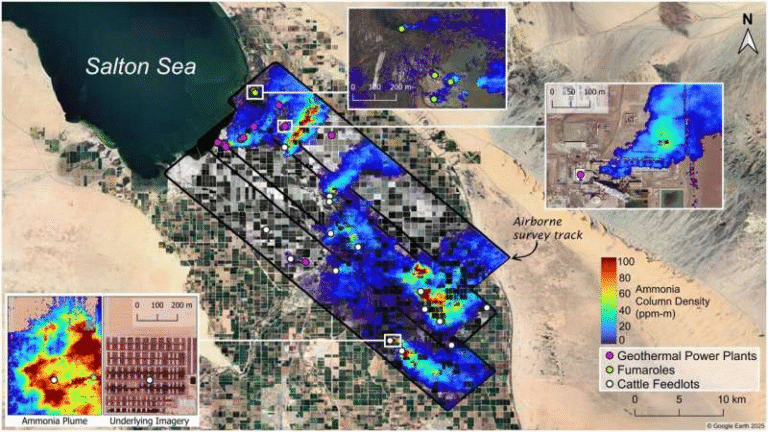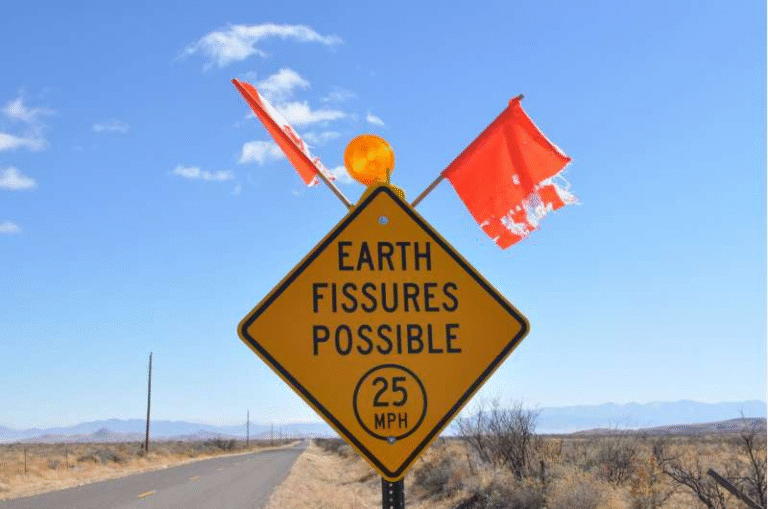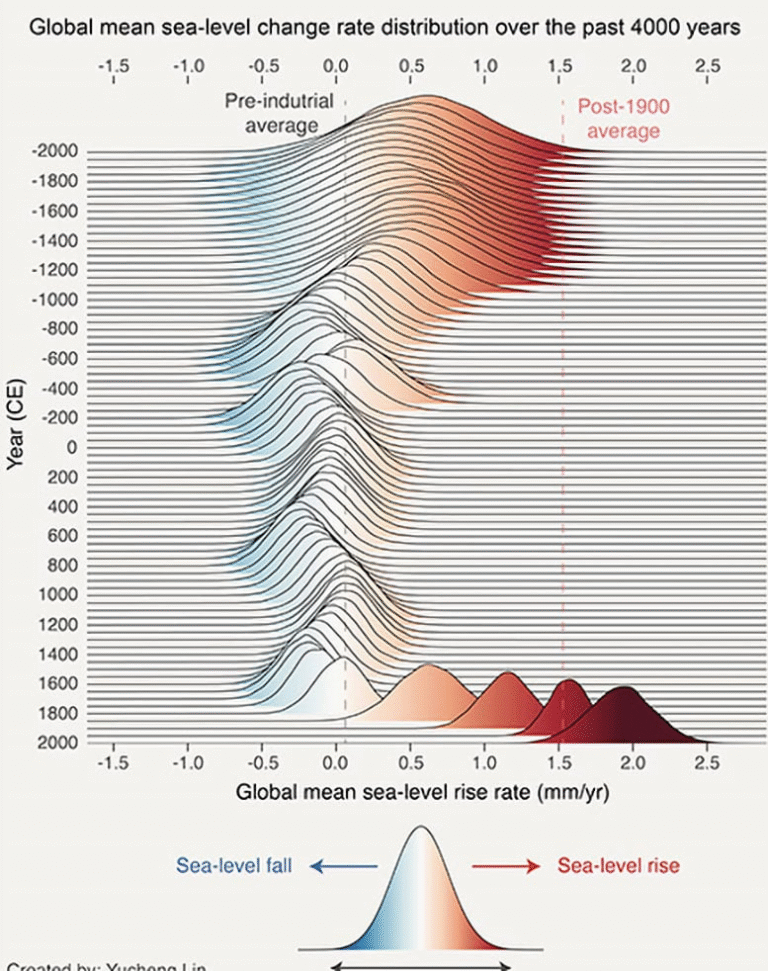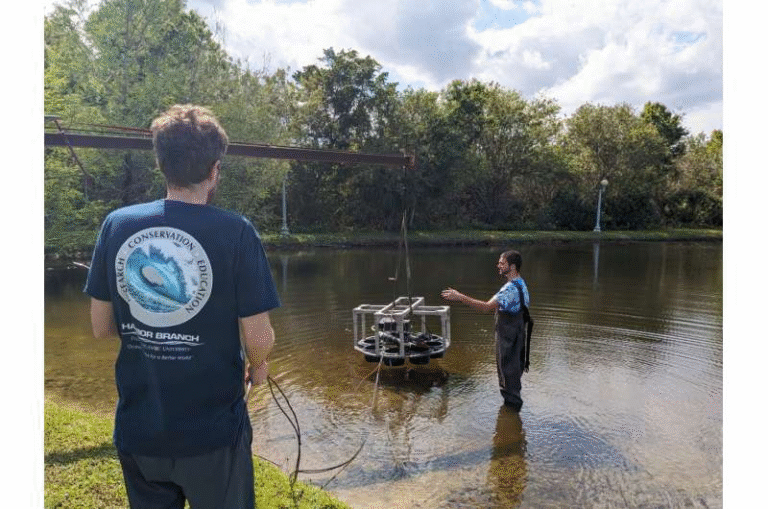Forest Regeneration Helps the Climate—but It’s No Substitute for Cutting Fossil Fuels

A new global study led by researchers from Columbia University’s Earth Institute and NASA Ames Research Center has shed light on an important piece of the climate puzzle: when farmland is abandoned and allowed to naturally regenerate into forest or grassland, the process pulls carbon dioxide (CO₂) out of the atmosphere, offering a real and measurable climate benefit.
But here’s the catch — these same regenerating ecosystems also release other greenhouse gases, such as methane (CH₄) and nitrous oxide (N₂O), that reduce some of the cooling power provided by the captured carbon. The researchers conclude that while natural regeneration is absolutely valuable, it cannot replace the urgent need to slash fossil fuel emissions.
The work, published in the journal Global Biogeochemical Cycles, was led by Savannah S. Cooley, a research scientist at NASA Ames and recent Ph.D. graduate of Columbia’s Ecology, Evolution and Environmental Biology program. The research team included scientists Duncan Menge and Ruth DeFries from Columbia, as well as a group of six undergraduate students from the WISC program who contributed to the data review.
What the Study Looked At
Cooley and her colleagues performed a meta-analysis of 115 independent studies from around the world, combining a vast amount of data to understand how forests and grasslands affect climate through three major greenhouse gases: carbon dioxide (CO₂), methane (CH₄), and nitrous oxide (N₂O).
Previous research on forest restoration has focused heavily on CO₂ absorption — the ability of growing trees to store carbon in trunks, branches, and soils. However, this study went a step further, accounting for the full greenhouse gas balance of regenerating land.
To do that, the researchers looked at how regenerating ecosystems compare to agricultural land, the typical “before” state in many parts of the world. Agriculture often involves soil disturbance, fertilizer use, and livestock, all of which can increase greenhouse gas emissions. When such land is left to regrow naturally, it generally starts to sequester carbon but may also release methane from wet soils and nitrous oxide from microbial activity.
Their question was simple but crucial: When you add up the cooling from CO₂ absorption and the warming from CH₄ and N₂O, what’s the net effect?
The Big Takeaway: Still a Climate Win, Just Smaller
The team found that natural regeneration does result in a net climate benefit compared to keeping the land in agriculture. Even after accounting for CH₄ and N₂O emissions, the total greenhouse gas balance still leaned toward cooling.
However, the researchers emphasized that the benefit is smaller than previously thought when studies only considered CO₂. Methane and nitrous oxide emissions from soils reduce some of the advantage gained from carbon sequestration, giving a more realistic — and slightly less optimistic — picture of the climate benefits of rewilding land.
The study introduced the term “climate opportunity benefit”, which captures the overall improvement in the greenhouse gas balance when farmland is allowed to return to a natural state. Across the global dataset, this benefit was positive everywhere — meaning that regeneration helps — but its strength depends on the biome and local conditions.
Which Regions Offer the Biggest Benefits?
The analysis found clear regional differences in the strength of the climate benefit:
- Tropical and subtropical regions showed the greatest climate benefits from forest regeneration. These ecosystems, such as rainforests and tropical savannas, absorb carbon more rapidly due to faster tree growth and longer growing seasons.
- Temperate forests also provided meaningful benefits, though less dramatic than the tropics.
- Boreal forests, found in northern latitudes, provided smaller benefits because cooler temperatures slow plant growth and limit how much CO₂ can be absorbed annually.
In tropical areas, the study estimated that the warming effect of soil methane and nitrous oxide emissions was roughly 0.6 metric tons of CO₂ equivalent per hectare per year, much less than the carbon absorbed by regenerating vegetation. Over a century of regrowth, the accumulated cooling from CO₂ sequestration far outweighs the warming from other gases.
In other words, regeneration always helps the climate — just not as much as we’d hoped if we ignore the other gases.
Why This Matters for Climate Policy
The study carries a strong policy message. Governments and corporations often count on forest restoration or offset projects to balance their carbon budgets. Many of these programs focus narrowly on CO₂, assuming that new trees or reforested land can fully “cancel out” emissions from fossil fuels.
But the new analysis warns that this is an oversimplification. If methane and nitrous oxide emissions are ignored, carbon accounting systems will overestimate the true climate benefit of land restoration.
That doesn’t mean forest regeneration should be dismissed — far from it. The authors stress that letting farmland return to forest is still one of the best natural tools for climate mitigation. It’s just that these projects cannot replace aggressive reductions in fossil fuel use.
Policymakers, therefore, need to pursue both goals simultaneously:
- Cut emissions from coal, oil, and gas, and
- Expand and protect natural ecosystems that absorb carbon.
Treating reforestation or carbon offsets as a license to keep polluting — a practice often called greenwashing — will only delay real climate progress.
The Role of Indigenous Communities
The study also draws attention to a critical social factor: the leadership of Indigenous peoples in forest protection. Around the world, Indigenous communities have proven to be the most effective guardians of forest ecosystems.
When governments secure land rights for Indigenous groups and integrate traditional knowledge into conservation efforts, the outcomes for both biodiversity and climate are consistently better.
The authors note that supporting these communities is not just a moral imperative — it’s also a practical and evidence-based strategy for keeping forests intact and functioning as carbon sinks.
Rethinking Carbon Markets and “Greenwashing”
One of the most direct implications of the study is for carbon credit systems. Today, many companies rely on buying credits from reforestation or restoration projects to “offset” their emissions.
However, these systems often don’t fully account for non-CO₂ greenhouse gases. That means some offset projects may promise more climate benefit than they can actually deliver.
Cooley and her co-authors suggest that carbon markets need reform to include methane and nitrous oxide in their calculations. Without these improvements, offsets risk becoming tools for greenwashing — where companies continue to emit carbon while claiming neutrality based on incomplete data.
In parallel, the researchers argue that governments should fund ecosystem restoration directly, through public investment, instead of relying entirely on voluntary carbon markets. Direct funding allows for better oversight and transparency, ensuring that projects deliver genuine environmental benefits.
The Importance of Better Greenhouse Gas Accounting
Another major point from the research is that current climate models and policies are often too narrow. Many land-use models only include carbon dioxide, treating forests and grasslands as pure “carbon sinks.”
But soils are active players in the climate system. They breathe, emit, and absorb gases depending on microbial activity, moisture, and temperature. Methane is about 28 times more powerful than CO₂ at trapping heat over a 100-year timescale, and nitrous oxide is roughly 265 times stronger.
Even small emissions of these gases can offset a portion of the CO₂ absorbed by trees. Therefore, including all three gases in land-use assessments gives policymakers a more accurate foundation for climate planning.
As Cooley’s team points out, precision matters — especially when nations are setting targets under the Paris Agreement and claiming progress toward “net zero.”
A Closer Look at Forest Regeneration
To appreciate what this study means, it helps to understand what natural regeneration actually involves. When farmland is abandoned, seeds from nearby forests begin to recolonize the area. Over years or decades, shrubs and pioneer trees give way to taller, more complex forests.
Unlike plantations, natural regeneration does not require replanting or heavy management. It relies on ecological succession — nature’s built-in recovery process.
The climate benefits come from carbon storage in new vegetation and soil, as roots and leaves capture CO₂ through photosynthesis. But the same biological activity that drives this process also stimulates microbes that release CH₄ and N₂O. The balance between these processes determines the net climate effect.
Natural regeneration also restores biodiversity, improves soil health, and stabilizes water cycles, offering multiple co-benefits beyond carbon storage.
The Bigger Picture: Every Solution Counts
The message from the Columbia University team is ultimately one of balance and clarity. Forest regeneration is essential, but it’s not a magic bullet. It should be viewed as one powerful tool in a much larger climate toolbox — alongside renewable energy, efficiency improvements, sustainable agriculture, and fossil fuel phase-out.
The study’s authors put it plainly: the climate crisis demands every available solution, but we need to be clear-eyed about what each can and cannot achieve.
The scientific evidence shows that regenerating forests cool the planet, though not as dramatically as we once believed. That doesn’t make them less valuable — it makes them better understood. With more accurate data and smarter policies, the world can maximize nature’s contributions to climate mitigation while keeping the focus where it belongs: rapid reduction of fossil fuel emissions.





